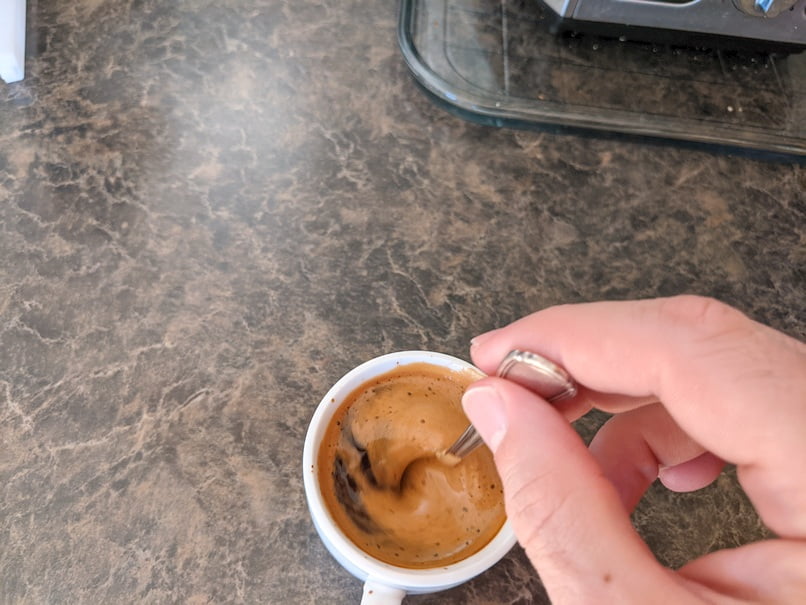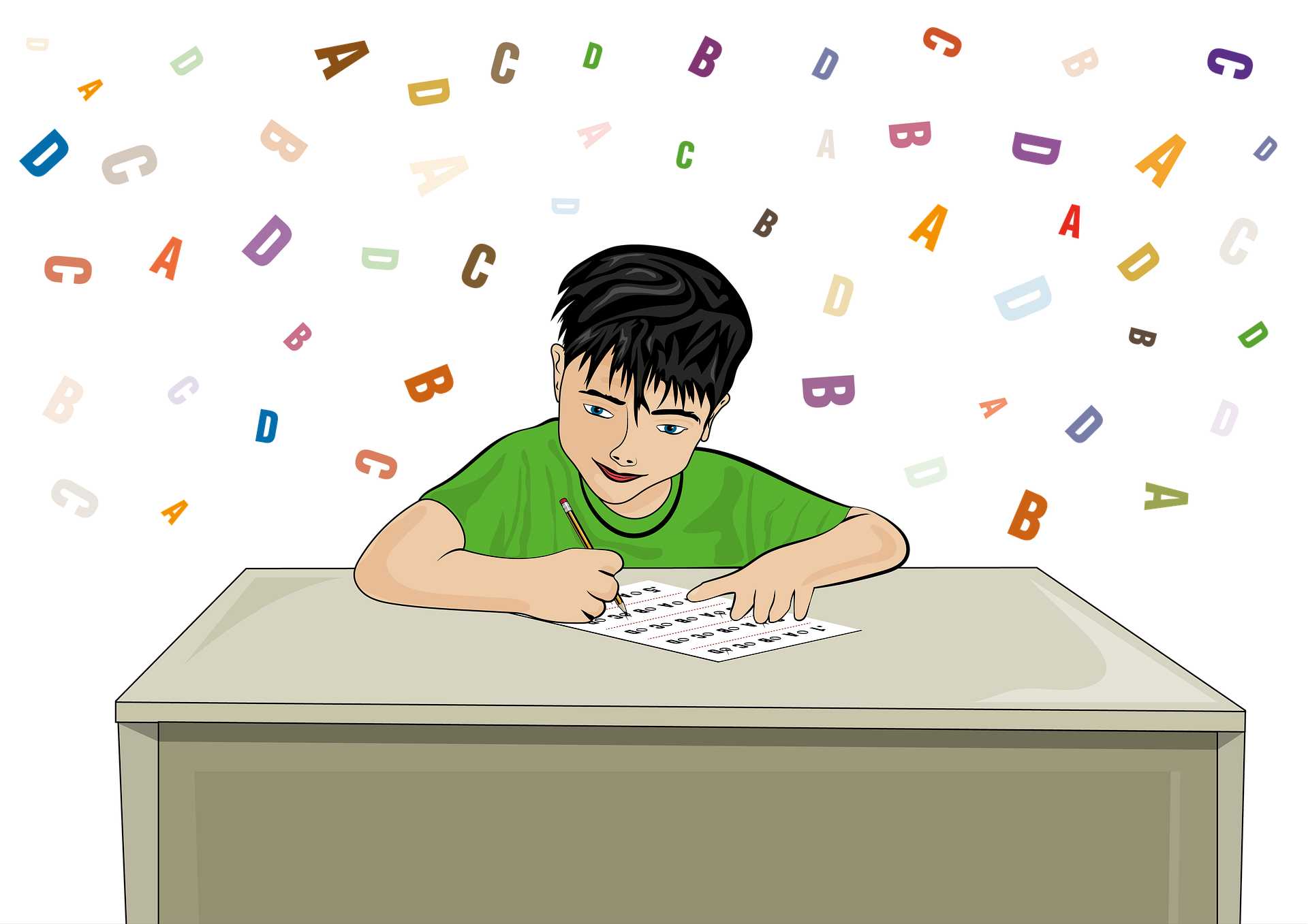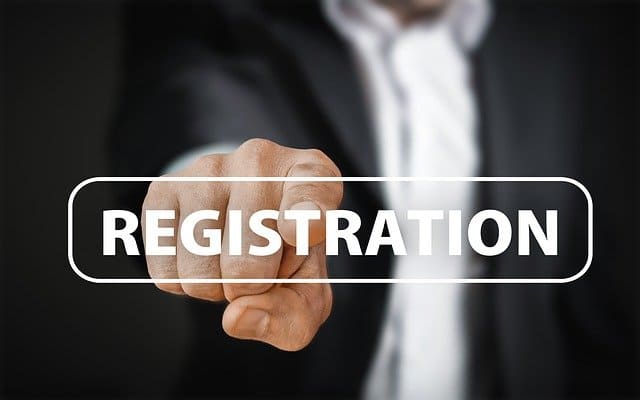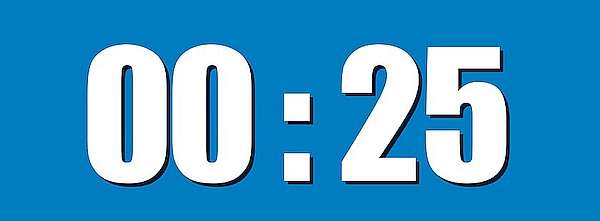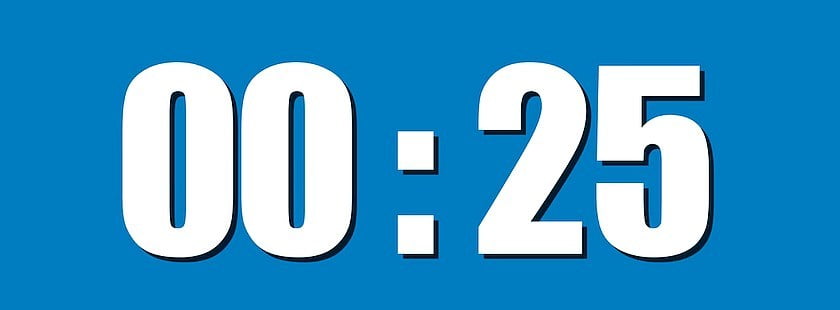Everyone loves espresso coffee. No matter what we do to make our cup of joe at home, nothing seems to compare to a beautiful, strong, crema-topped espresso, which we get in our favorite coffee shop. But wouldn't it be lovely to be able to recreate this at home?
The process for how to make espresso can be tricky. There is quite a lot that goes into successfully preparing this divine brew. Learn how to make espresso with an espresso machine. Tweak and troubleshoot your espresso shot for the perfect espresso. So without further ado, let's get to it.
If you are here for the espresso troubleshooter, you can access it here: Troubleshoot My Espresso App.
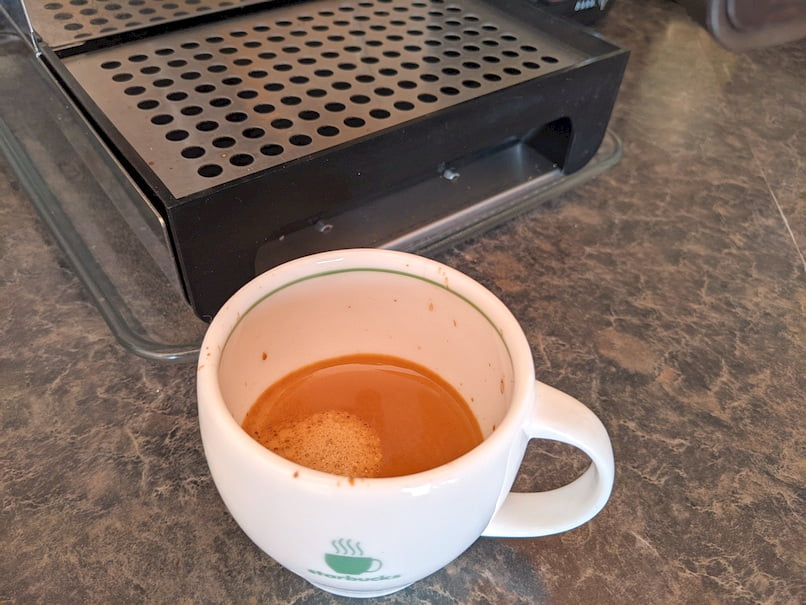
What Is Espresso
Espresso is a coffee obtained by using pressure during the preparation process. In order to prepare an espresso, a small amount of water is pushed through a puck of finely ground coffee beans. The pressure is what makes espresso special, and it allows the barista to extract more flavors from the beans. Because of this, an espresso cannot be brewed with a French press, a Keurig, or a drip coffeemaker. Here is a more detailed article that explains what is espresso, and more importantly what espresso is not.
Espresso is the base for many plain and milk-based coffee drinks, and coffee lovers look for inexpensive ideas to prepare it at home. From a flavor and taste perspective, you cannot use other coffee brewing methods to make espresso. However, if you are looking to make a latte, any strong coffee will do, because the espresso flavor is drenched into the milk. If you are making a cappuccino though, you better stick with real espresso, or at least espresso alternatives. Take a look in the advanced brewing section, and you'll find a guide for brewing espresso alternatives.
Understanding Espresso
The SCA (Specialty Coffee Association) gives us a more detailed definition:
“Espresso is a 25–35ml (.85–1.2 ounce [×2 for double]) beverage prepared from 7–9 grams (14–18 grams for a double) of coffee through which clean water of 195°–205°F (90.5°–96.1°C) has been forced at 9–10 atmospheres of pressure, and where the grind of the coffee is such that the brew time is 20–30 seconds”.
Here the SCA not only gives us the definition, but also the recipe and the method for brewing espresso. The most important part of that definition is the bit about pressure.
Espresso Based Beverages
There are many coffee based beverages, and most of them have milk and espresso as the base. Milk adds texture and sweetness to the drink, and it helps those with sensitive stomach. Espresso is the choice of brew for most milk and coffee drinks because espresso has a strong flavor that can still shine when diluted with milk.
Here is the list of caffeinated beverages made with espresso shots: latte, cappuccino, caffè macchiato, caffè mocha, flat white.The list is actually longer, if you want to learn about new ways to enjoy your espresso, browse the list here: List of Coffee and Espresso Beverages.
What Is the Difference Between Espresso and Coffee
There is a popular belief that espresso is just another word for strong concentrated coffee. While espresso is strong and concentrated, it is also so much more than that.
We have many coffee lovers asking us: “Can I make espresso with a coffee maker?” We always answer that no, you cannot. If we were to prepare a “drip coffee espresso“, the taste would be awful. Sure milk covers some of that taste, but not entirely.
Acceptable espresso alternatives are the Moka pot and the Aeropress, which brew under pressure. In fact this is what makes espresso special, the pressure during the coffee extraction.
Anyway, for an in-depth article on the topic, check our post here: Espresso vs Coffee – What are the Differences?
What Makes Espresso Different to Other Coffee?
The pressure is what really defines espresso from other coffee beverages. Unlike other methods of coffee brewing, such as filter coffee brewing, espresso is brewed with 9-10 bars of pressure. Brewing with pressure allows us to brew coffee much more quickly, and extract much more from the bean in a short amount of time. You can read our detailed article all about the history of espresso here.
How to Make Espresso at Home – A Comprehensive Guide
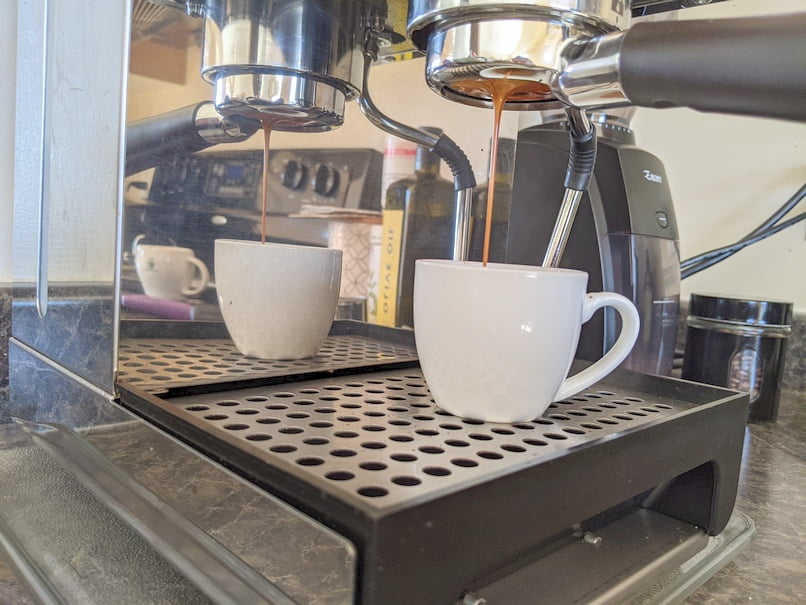
Tools of the Trade
Espresso machine
First off, of course, you need an espresso machine. Any machine that is capable of producing 9 bars of pressure is adequate for brewing well-extracted espresso.
You should be aware that more affordable home espresso machines are normally steam-driven, as opposed to pump-based. Steam-based machines cannot produce enough pressure to brew commercial standard espresso.
Grinder
The next most important piece of machinery is your coffee grinder. Some baristas will even say that a good coffee grinder is more important than a good espresso machine.
For accurate grind sizes, coffee grinders for espresso brewing should always be burr grinders and not blade grinders.
Again, you need to beware of cheaper grinders as they often can't grind coffee fine enough to brew espresso.
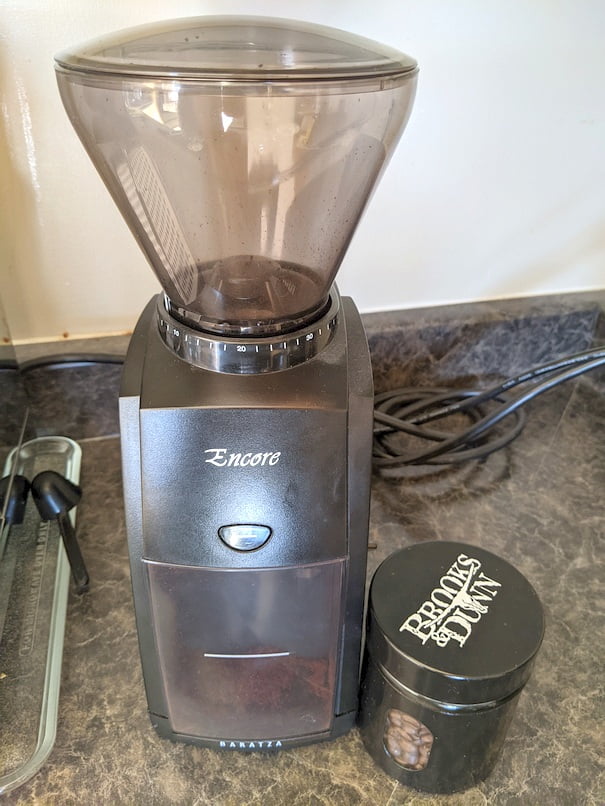
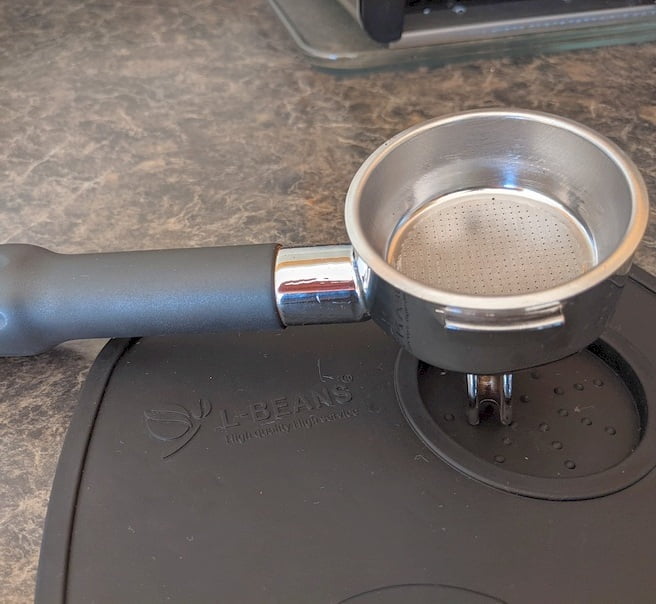
Portafilter
The portafilter is a metallic filter with a heatproof handle. Inside the portafilter is a filter-basket, where the ground coffee goes.
Portafilters can have a single spout (for single espresso) a double spout for a double, a triple spout for a triple espresso, or no spout at all.
Portafilters with no spout are called bottomless portafilters. These are harder to brew accurately with and are generally used by more experienced baristas.
Tamper
A tamper is an object with the same circumference as the portafilter head, which is used to press the ground coffee firmly and evenly into the portafilter.
Good quality tampers are handheld, heavy, and are usually made of metal with a wooden handle. Cheaper tampers are made of plastic.
Most espresso machines come with a plastic tamper, which we recommend replacing.

Distribution Tool, or Leveller
A distribution tool is another circular object with the same circumference as the portafilter. This is used to make sure the surface of the ground coffee is level. However, this can be done very easily with a tamper and your hand, so a leveler is optional. If you are a beginner, I recommend buying one, it's just one less thing to think about.
Knock Box
A knock box is a receptacle with a bar across the top of it, which stores the used coffee grinds. After brewing, the portafilter is knocked against the bar and the used coffee puck falls into the knock box.
Cleaning Equipment
A towel or brush is needed to clean out the portafilter after every brew. Re-brewing old, leftover coffee grinds will lead to badly-extracted coffee.
You will also need to have a cleaning chemical to clean your espresso machine sporadically.
Espresso Brewing Variables
So you have your espresso machine and you're ready to go. What's next?
As you can see in the SCA espresso definition – there are several variables that we have to be aware of when we are brewing espresso. These are:
- The quantity of coffee beans before grinding
- The amount of ground coffee after grinding
- The grind size
- How hard the ground coffee is tamped
- The amount of water
- The water temperature
- The water quality
- The extraction time
- The brewing pressure
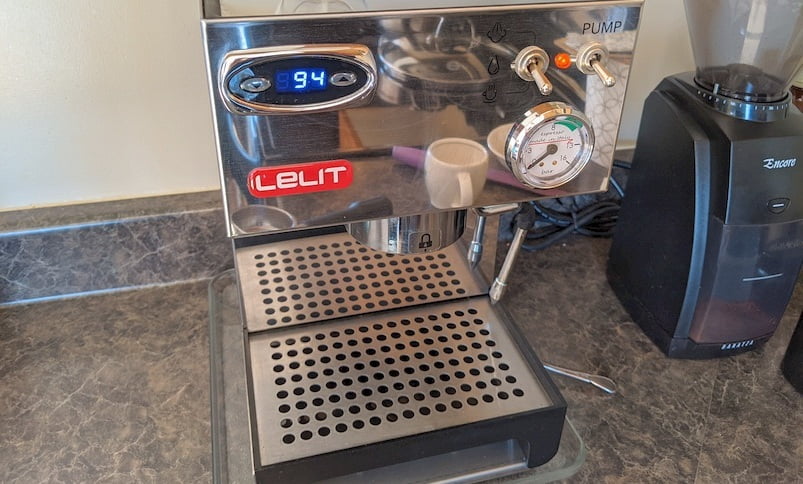
Correct espresso temperature
Correct brewing temperature is below boiling – between 195°–205°F.
Brewing temperature is kept consistent by most espresso machines. If the brewing temperature is off, it is time to get your machine serviced.
Pressure and brewing time
The pressure and brewing time are affected by the grind size, the amount of ground coffee in the filter, and how the ground coffee is tamped.
Correct brewing pressure is between 9 and 10 bars. The right brewing time for espresso is between 25-35 seconds. If the pressure or the brew time are incorrect, one or more of those other variables will need to be adjusted.
If you can't achieve the right pressure for espresso brewing but you are following the other steps correctly, there is a chance that your machine needs a service. Commercial espresso machines should be serviced at least every six months. Domestic machines can last longer depending on how much they're used. Cleaning your machine and maintaining it reduces the number of times you will need to service it. Learn How Espresso Machines Work.
The Amount of Ground Coffee, the Grind Size, and the Tamp
These are the variables that a barista has to be concerned with on a cup to cup basis, and are the main ways that we adjust how much coffee is extracted from the bean.
- The amount of freshly ground coffee is also known as the dose. A single espresso is made using 7-9 grams of ground coffee. For a double espresso, this number is doubled.
- The grind size for espresso is fine, but not as fine as Turkish grind.
- Tamping technique is a very important factor in proper coffee extraction. Coffee should be tamped firmly and evenly so that the surface of the coffee grounds are flat across the portafilter.
If tamped properly, there will be no gaps between the coffee grinds at any point. Gaps can lead to water flowing unevenly through the coffee, leading to bad extraction. This is known as channeling.
The Amount of Water and the Quality of Water
The water levels aren't adjusted as regularly as the other variables. A machine will generally be programmed to yield the same amount of water for each espresso – between 25-35ml of liquid per shot. Occasionally, a barista will have to adjust the water levels manually in order to get the perfect extraction.
Some high-level baristas who compete will use specific water that is filtered or purified in some way. They say that this adds to the flavor of the coffee and aids in perfect extraction. However, this unsupported and isn't done regularly when brewing espresso.
How to Make Espresso – Running Your First Shot
You should run a test shot through your espresso machine before making any adjustments to the brewing variables.
Note: The ground coffee and the amount of water will need to be weighed, and the brewing time will need to be monitored.
Follow these steps to brew your first espresso shot:
Grind 7-9 grams of coffee into your portafilter
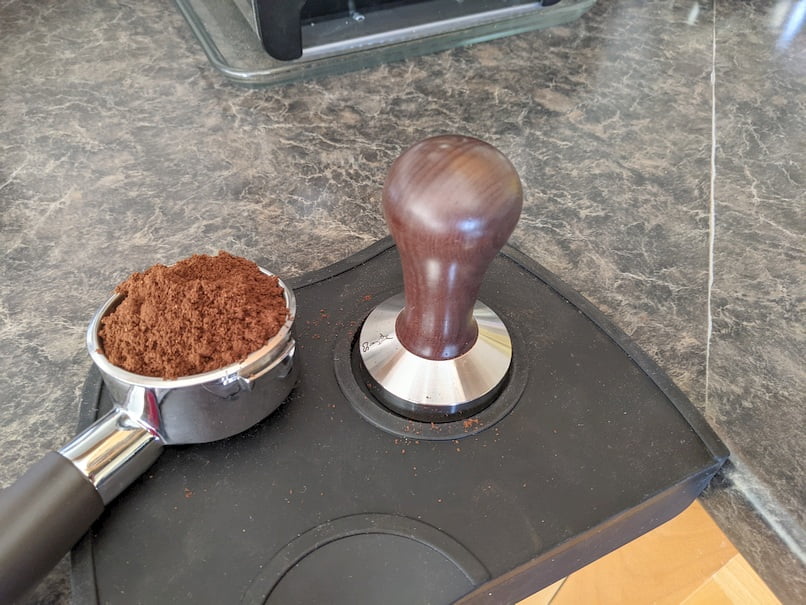
Tamp firmly and evenly on a well supported, straight surface
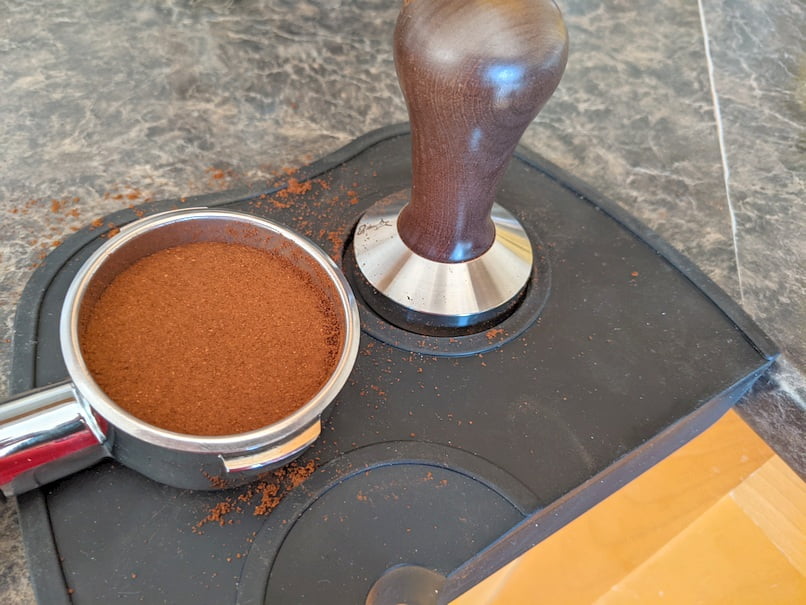
Dust any extra or loose grinds from the little side bits of the portafilter. These are known as the wings.
Prepare your espresso cup and your timer
Lock your portafilter into your machine and hit the brew button straight away so as not to burn the coffee. You might want to practice locking the portafilter into the machine before brewing. It should be placed straight up into the opening then turned counter-clockwise.
Start your timer as soon as you start brewing
A good tip is to have it going before you start brewing and then just note the time when the shot starts and stops.
If you are using a manual, or a semiautomatic espresso machine, the shot will have to be stopped by hand within the time-frame of 25-35 seconds, based on preference. The espresso will then need to be tasted in order to know what adjustments are to be made.
Manual espresso machines aren't recommended for beginners, unless the beginner barista is prepared for a trial and error process.
Another way to time your shot is to visually inspect the pour, and see when the stream becomes lighter in color. We say that it blondes. Sometimes the pour is faster, and you might need to stop the shot a little earlier.
Dial in your espresso then repeat steps 1-6.
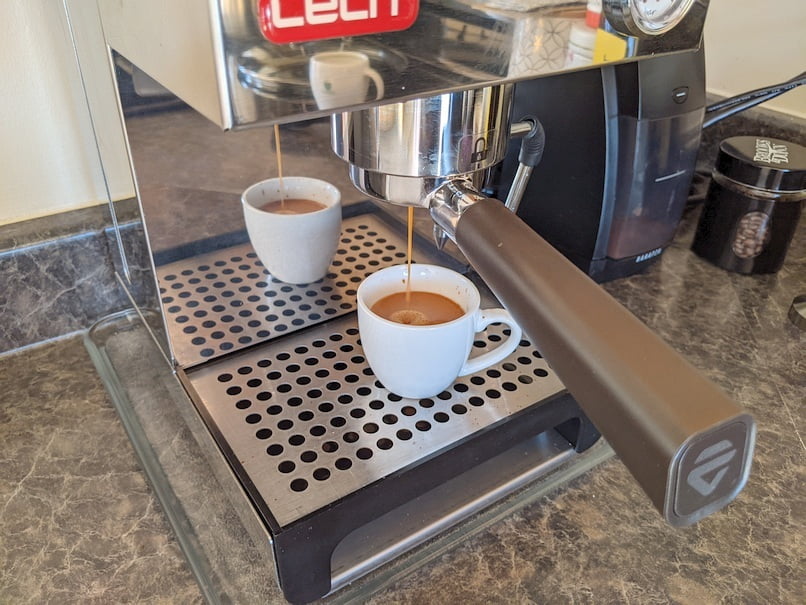
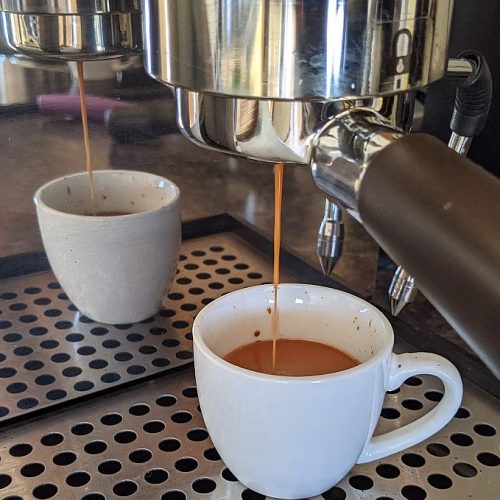
Espresso
Equipment
- 1 tamper
- 1 kitchen scale
- 1 espresso leveler/distribution tool optional
Ingredients
- 7 gram medium-dark roast coffee beans up to 9 grams depending on the filter basket
- filtered, or spring water
Instructions
- Turn on the espresso machine so the boiler heats up
- Finely grind 7-9 grams of coffee beans to an espresso grind size.
- Place the coffee grounds in the filter-basket.
- Slightly knock the portafilter on the counter to pack and level them. If you have an espresso leveler, use it to perfectly level your coffee puck.
- Tamp the coffee grounds with a considerable amount of pressure. When you are done tamping, there should be about 3-4 mm from the basket's edge to the coffee puck.
- Lock the portafilter in the espresso machine, and switch the brew button ON.
- Pull your shot for about 20 to 25 seconds.
- You should get about 1 fluid ounces of espresso. If you get considerably more than 1 oz. grind your coffee finer. If you get too little coffee, grind your coffee slightly coarser.
Video
Nutrition
Dialing In – How to Make the Perfect Espresso
The process of dialing in espresso refers to running ‘test' shots and then adjusting the necessary variables until they all fall within their appropriate specifications.
The first variable to be adjusted is the grind size. If the brew time is too long, the ground coffee is too fine and the grind size needs to be made courser. If the brew time is too fast, the grind needs to be made finer. Adjusting the grind size until your espresso brew time is running between 25-35 seconds is often all that is required to dial in espresso.
When you buy your espresso grinder, make sure you choose one that can be finely adjusted. All you might need some times is a fraction finer.
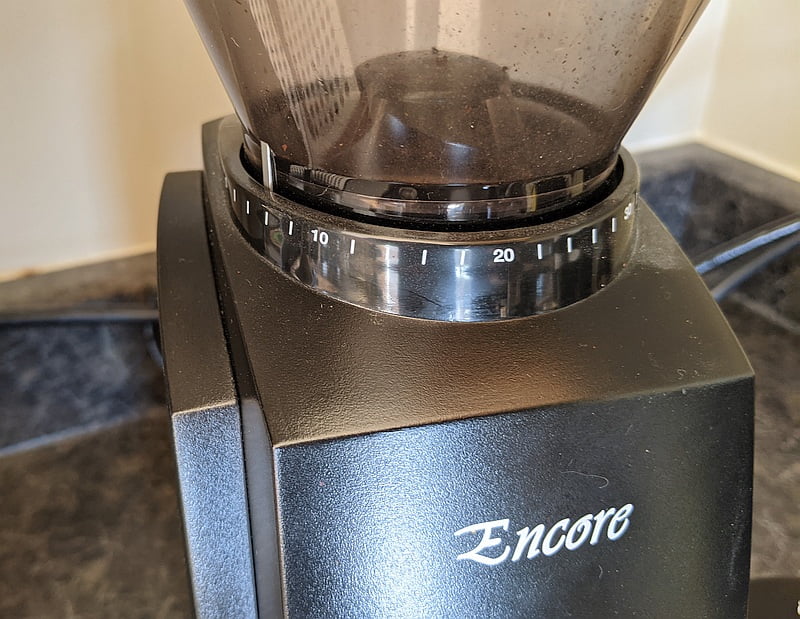
Note: The grind size is very sensitive and should only be adjusted minutely when dialing in.
Sometimes, the espresso will nearly be right and will require only a very slight adjustment. When this happens, we can change the dose amount slightly to tweak the extraction time by one or two seconds.
In the eventuality that your espresso is running at the correct time, the grind and the dose are right, but there is not enough liquid in the espresso, the water levels need to be adjusted. This process is different for every machine you'll need to refer to the manual of the espresso machine you are using.
Frothing Milk
If you are making a milk-based espresso drink, such as a cappuccino, you will now need to foam milk.
Unfortunately, developing proper milk frothing or foaming technique takes time and practice.
However, a good starting point is to angle the steam wand at 45 degrees and rest it on the spout of your milk jug. Then, place the end of the wand just over halfway across the surface of the milk, with the wand tip mostly submerged. When you turn on the steam wand, your milk should start to rotate in a whirlpool. This motion mixes air into the milk and creates micro-foam, which is necessary for creating latte art.
There is debate among baristas as to whether milk should be foamed before or after you brew your espresso. Heating milk after brewing means that the foam and the milk will be better integrated and the milk will pour better. However, this leaves time for the espresso shot to go cold or to lose some of its flavors.
Pulling a Great Shot – Espresso Tips and Troubleshooting
My Espresso is Watery
This is usually due to under-extraction. Make your grind-size finer and increase the brew time slightly.
The Flow Is Uneven
This means the tamp was uneven and the shot has channeled.
My Espresso Is Too Bitter
Your coffee tasting bitter is normally a sign of over-extraction. Make your grind size a little courser. Alternatively, your machine might need cleaning.
My Espresso Doesn't Have Crema
Most commonly, an espresso won't have crema if it was over-extracted. Make your grind a little finer. Using old or stale coffee beans might also result in no crema on your espresso.
Troubleshoot Your Espresso App
Tweak My Espresso Shot!
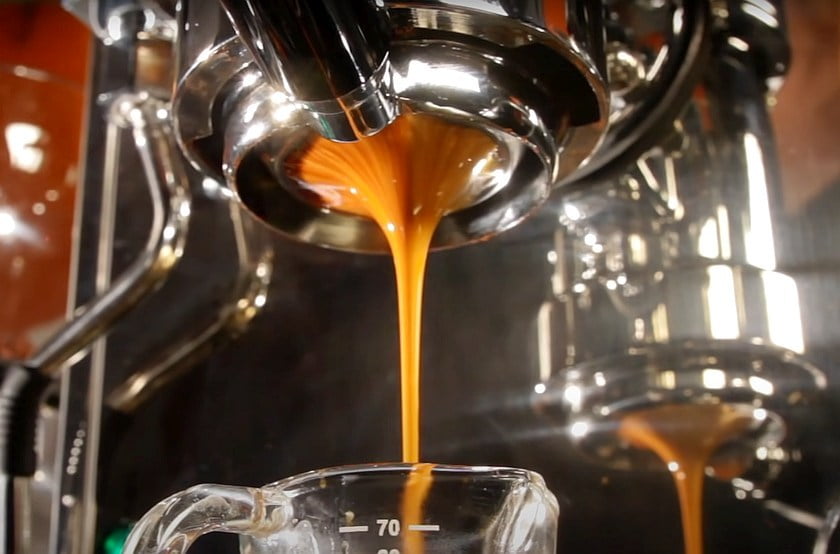
Espresso FAQ
Can you make espresso in a coffee maker?
No. To make real espresso, you need an espresso machine capable of brewing with 9 bars of pressure.
How much caffeine is in a shot of espresso?
Though caffeine in coffee varies dramatically, there is normally between 70 mg and 110 mg of caffeine in a single espresso. Contrary to popular belief, there is often less caffeine in espresso than in regular coffee.
How to make espresso without an espresso machine
Though it's only possible to make a true espresso with an espresso machine, espresso-style coffee can be made in some home coffee makers which use pressure to brew. Examples of these would be the Aeropress and the Moka pot. However, the flavor profile will be different to true espresso due to the lower brewing pressure.
Is espresso stronger than coffee?
Yes, espresso is stronger than coffee. Espresso has less liquid than coffee so it is more concentrated and stronger tasting than regular coffee.
What is the difference between an espresso roast and a drip roast?
An espresso roast is normally a darker roast than a drip roast. This is to complement the stronger flavor profile of an espresso.
What is the perfect espresso?
The perfect espresso, or ‘God shot', arguably doesn't exist. An espresso shot might be deemed perfect by the taster if the recipe is adjusted so that the espresso is perfectly extracted, resulting in a delicious and balanced cup of espresso with an equally scrumptious after-taste.
Can espresso be made from any coffee beans?
Yes. Although some beans are roasted specifically to complement espresso brewing, any coffee beans can be used to make espresso.
How does a good espresso taste?
Good espresso is sweet, rich, full-bodied, and strong, but not overbearing. It does not taste overly bitter, sour, or salty: rather, the flavors are well-balanced. Well-made espresso also has a nice, full mouth-feel and a delicious after-taste.
